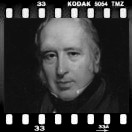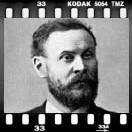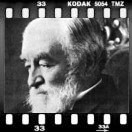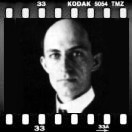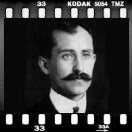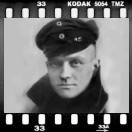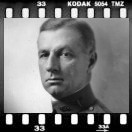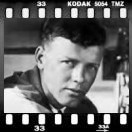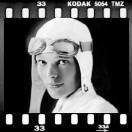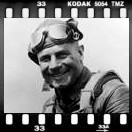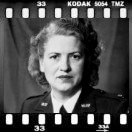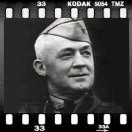home
research
courses
outreach
documents
flight
vitae
links
contact |
Current project, tentative title: “Fueling the Aeronautical Revolution: America's Pursuit of High Octane Gasoline, 1907-1945”
From the introduction (© 2007, Stephen L. McFarland, all rights reserved):
The essence of the internal combustion engine is represented by a simple chemical formula (for isooctane gasoline):
2C8H18 + 25O2 + spark ==> 16CO2 + 18H2O + 1,254 kilocalories/mole
Charles Taylor’s 4 cylinder, 201 cubic inch, less than 200 pound inline engine burned 38 octane gasoline and struggled to generate 12 horsepower in harnessing this equation to propel the Wrights’ 750 pound aircraft carrying Wilbur Wright to an altitude of about 15 feet and a then record distance of 852 feet for 59 seconds on December 17, 1903, beginning the Age of Flight. Before the passing of the generation that created manned, controlled, heavier-than-air flight, 6 of Pratt & Whitney’s 28 cylinder, 4,363 cubic inch, 3,870 pound R-4360 Wasp Major radial engines burned 115/145 octane gasoline to generate 21,000 teeth-rattling, heart-throbbing horsepower to propel Convair’s 266,100 pound B-36B Peacemaker carrying a crew of 15 and 10,000 pounds of bombs to an altitude above 40,000 feet and a then record distance of 9,600 miles for 43 hours and 37 minutes in March 1949. In an hour, today’s Toyota Prius automobile travels 50 miles on 6.3 pounds of 87 octane gasoline and 53 pounds of air, dwarfed by the B-36B’s 230 miles on 8.1 tons of 115/145 octane gasoline and 75 tons of air.
Known loosely as the Aeronautical Revolution, hundreds of technological advances assisted in these boosts in performance, but the production of greater heat energy in the engine was the key factor behind this kind of higher, faster, and farther flight. Engineers reduced drag and increased engine power, allowing fighter aircraft to fly 400 miles per hour faster in World War II than they did in World War I. Reductions in drag were more the result of science and wind tunnels, earning early in the process the moniker of aerodynamics, its operatives aeronautical engineers. Increased engine power was more the result of empiricism, its operatives called everything from grease monkeys to mechanics to chemists to mechanical engineers. Each step forward in flight performance, whatever the cause, was synergetic; flight performance was the total, not the mere sum of the component parts. Nevertheless, Leonard S. Hobbs, winner of the 1952 Collier Trophy for the development of the Pratt & Whitney J57 turbojet engine and a major force behind aircraft engine development at McCook Field, Stromberg Carburetor, and Pratt & Whitney for the five decades after World War I, estimated that 75 percent of the 400 mph advance in fighter aircraft speed during this period came from the increased power of engines . . ..
CHAPTER OUTLINE
- Introduction
- Challenge
- The Quest for a Remedy--the Magic Elixir
- The Quest for Standards
- The Aeronautical Revolution
- Perfecting the Blend
- The Quest to Understand Knock
- "A War of Engines and Octanes"
- The Elimination of TEL
- Conclusion
|
